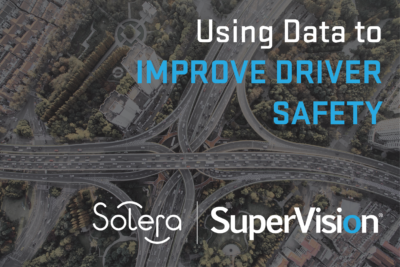|
|  |
USA Today Automakers are poised to introduce technology on new cars, trucks and SUVs that projects directions onto the windshield and draws a circle around pedestrians or deer on the roadway. Depending on the vehicle, these augmented reality windshields may also display vehicle information, identify ice patches and, eventually, serve as a screen for entertainment purposes when self-driving cars become a reality. Read the article at USA Today. |
The Detroit Bureau The U.S. Senate Finance Committee gave a boost to President Joe Biden’s pro-EV agenda by advancing legislation that would provide up to $12,500 in tax credits to electric-vehicle buyers, and eliminate the cap on how many EVs each manufacturer can sell before losing their tax credits. The Clean Energy bill, as proposed by Senator Debbie Stabenow, a Michigan Democrat, would retain the original $7,500 credit, and create two additional benefits. EVs built in the U.S. would qualify for up to another $2,500, and those built here by union workers could generate another $2,500 in credits. Read the article at The Detroit Bureau. |
Jalopnik Tesla said that it would stop using radar on new Model 3s and Model Ys, leading the National Highway Traffic Safety Administration to say they no longer have some advanced safety features. Occasional Tesla antagonist Consumer Reports agrees it could be a problem. At issue are forward collision warning and automatic emergency braking, two features that relied on radar in Model 3s and Model Ys, along with lane departure warning and dynamic brake support, which kicks in if the car senses you aren’t braking enough before a potential collision. NHTSA said Wednesday that those features on new Model Ys and Model 3s “do not have NHTSA’s check mark” because NHTSA, “only includes check marks for the model production range for the vehicles tested.” That also means that for CR and the Insurance Institute for Highway Safety, new Model 3s aren’t good enough for their top awards. Read the article at Jalopnik. |
Reuters Uber Technologies Inc. said on Tuesday drivers were gradually returning to its ride-hailing platform, allowing for a modest decrease in passenger wait times as the company seeks to take advantage of a post-pandemic return in travel demand. Uber said the week of May 17th marked a new record for drivers returning to the road since the start of 2021, with active driver hours increasing 4.4% from the previous week. “With the economy bouncing back, drivers are returning to Uber in force to take advantage of higher earnings opportunities from our driver stimulus while they are still available,” said Carrol Chang, Uber’s head of U.S. and Canada driver operations, in a statement. Read the article at Reuters |
|
| |
 IIHS Consumer Reports (CR) and the Insurance Institute for Highway Safety (IIHS) have updated their list of affordable, safe and reliable vehicles for teens for 2021. “With used car prices so high this year, it may be tempting to have a newly licensed teen make do with a clunker or to buy them the smallest, cheapest new car available,” says IIHS President David Harkey. Even in this tight market, it’s possible to find some good options for young drivers. IIHS and CR identified 61 used vehicles ranging from $6,400 to $19,800 that meet safety and reliability criteria. A separate list of new vehicles with state-of-the-art protection has 29 models ranging in price from $19,900 to $39,500. Read the article at IIHS. |
|
 By Bill Bishop, Senior Vice President, Sales and Marketing, FLD Over the last five years, FLD’s quarterly White Metal Market Report has prided itself on keeping our finger on the pulse of what’s driving the used medium duty vehicle space. And during that time, we’ve been able to get a solid beat on how the industry was faring based on a bevy of economic indicators like the unemployment rate, the strength of the US dollar and housing starts. My how things have changed! As the global pandemic slows – at least here in America – many industries are moving back towards what we’d like to think of as “normal.” And while that may be possible for some sectors, the medium duty truck market – and the entire fleet space for that matter – is having a hard time finding its footing. At this point, many of the traditional indicators we follow seem to be falling into more of a rhythm, but it’s not a good one. READ MORE |
 |
|
 By Adam Danielson, Director of Sales, SuperVision Safety is one of the fleet industry’s most critical issues as it seeks to reduce crashes and improve safety standards. The benefits of creating a robust fleet safety culture go far beyond reducing crashes, it can also improve the entire organization while mitigating risk. Organizations have an ever-increasing flow of data that they can use to make their fleets safer. Acquiring the data is only the first step — if the business does not act on what the data is showing, safety improvements are left on the table and the organization opens itself to liability risks. READ MORE |
|
|
|

